Winery Etiquette: A Guide to Tasting Like a Pro
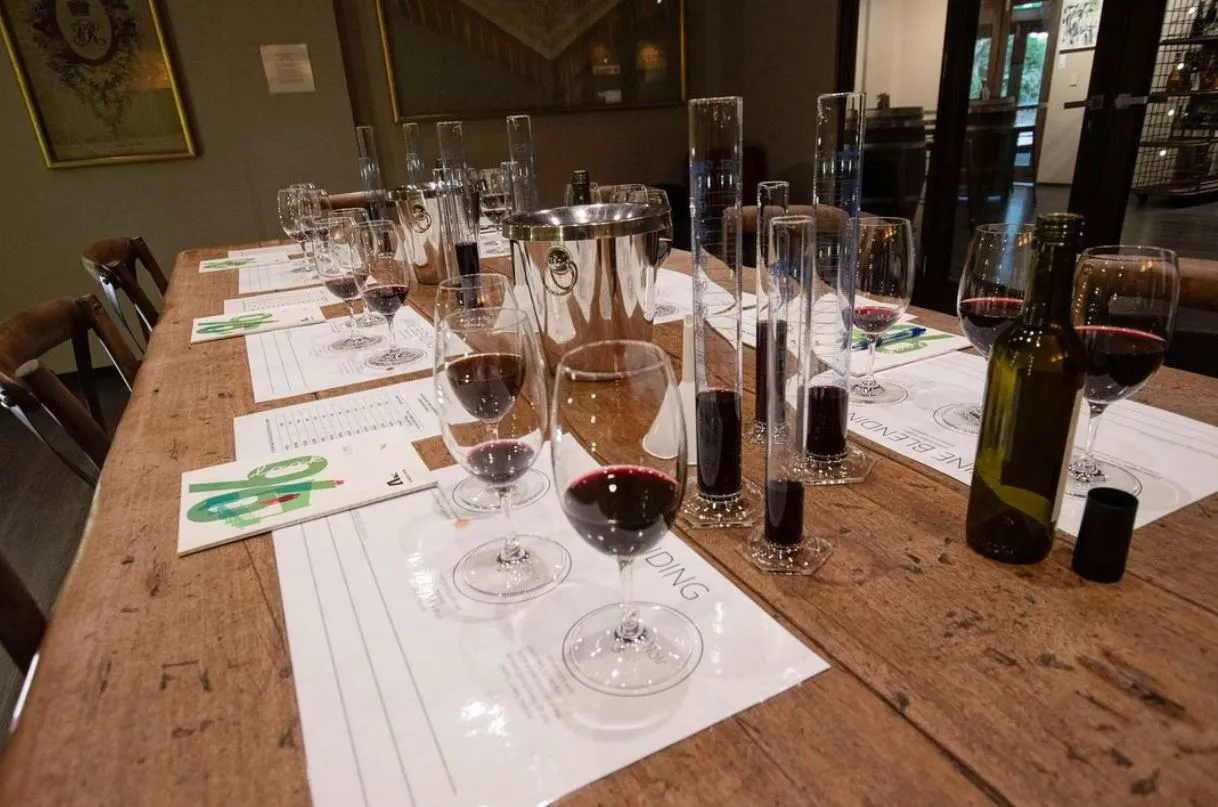
Wine country is a whole different world. With the vineyards as your backdrop and the promise of great wine to taste, winery visits feel like a luxury and an education. Whether you’re a wine geek or a newbie, learning the basics of winery etiquette will elevate your tasting experience so you can really get into the flavours and the art of each bottle of wine. This is your comprehensive guide to tasting wine like a pro, from how to hold your wine glass to embracing the tasting.
Book Ahead for the Valley Wine Tour
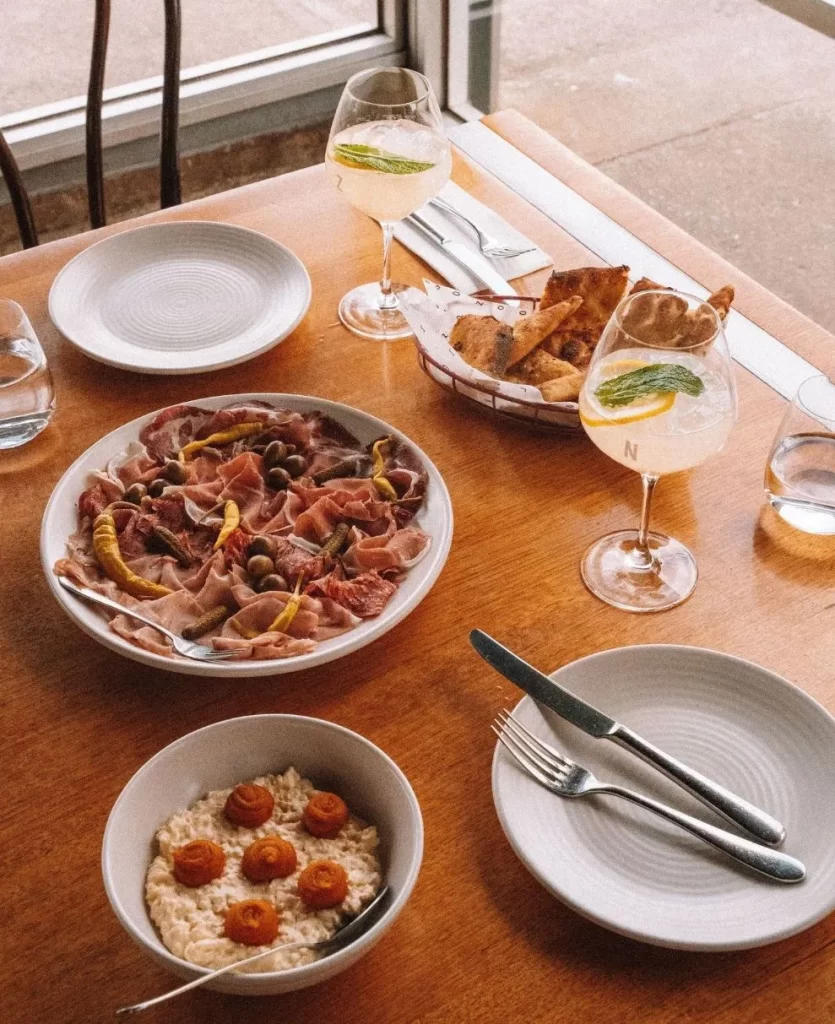
Wineries are often in beautiful spots that get crowded, especially on weekends and peak season. Booking a Yarra Valley wine tour or tasting in advance means you get a guaranteed spot, especially for premium wine flights or wine education sessions. In popular wine regions like the Yarra Valley, booking ahead means you can relax and enjoy the sunshine, scenery and unique wines without the crowds. Booking ahead also means you can ask about any specific wine-tasting tips or wine-tasting etiquette for the winery you’re visiting.
Dress Code
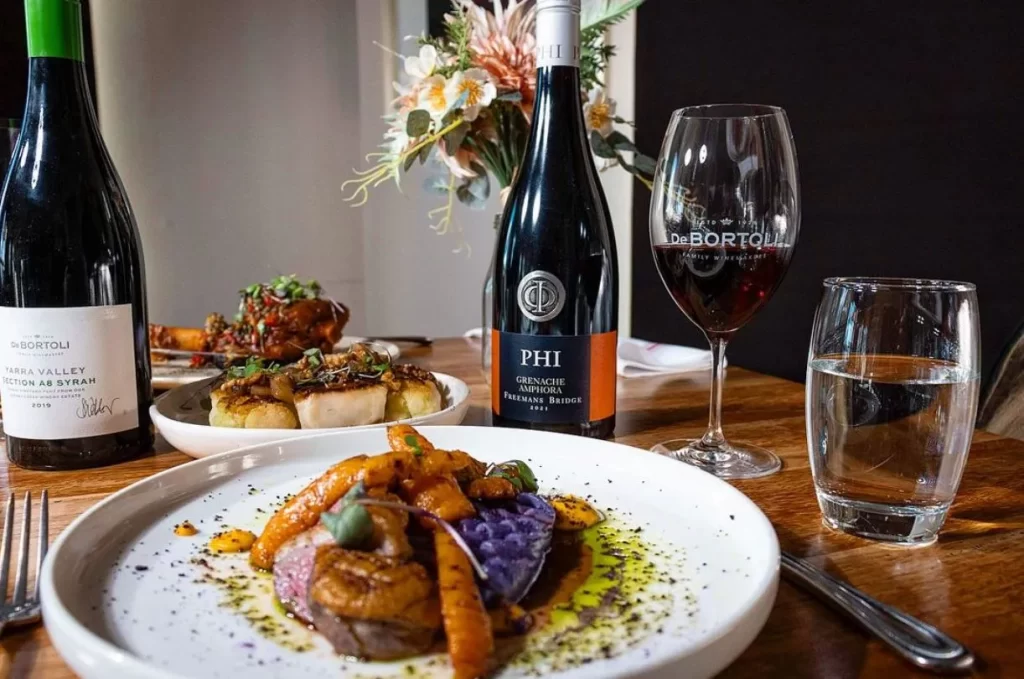
Wineries are relaxed but smart-casual is appreciated. Wear comfortable shoes if you plan to wander the vineyards. Don’t wear strong perfumes or scents as these can mask your sense of smell and affect your perception of the wine’s aroma. Wine tasting is a sensory experience so let the wine’s primary aromas, secondary aromas and tertiary aromas be the stars of the show. Wear light, breathable clothing so you can move easily through indoor and outdoor tasting areas.
Wine Tasting Techniques
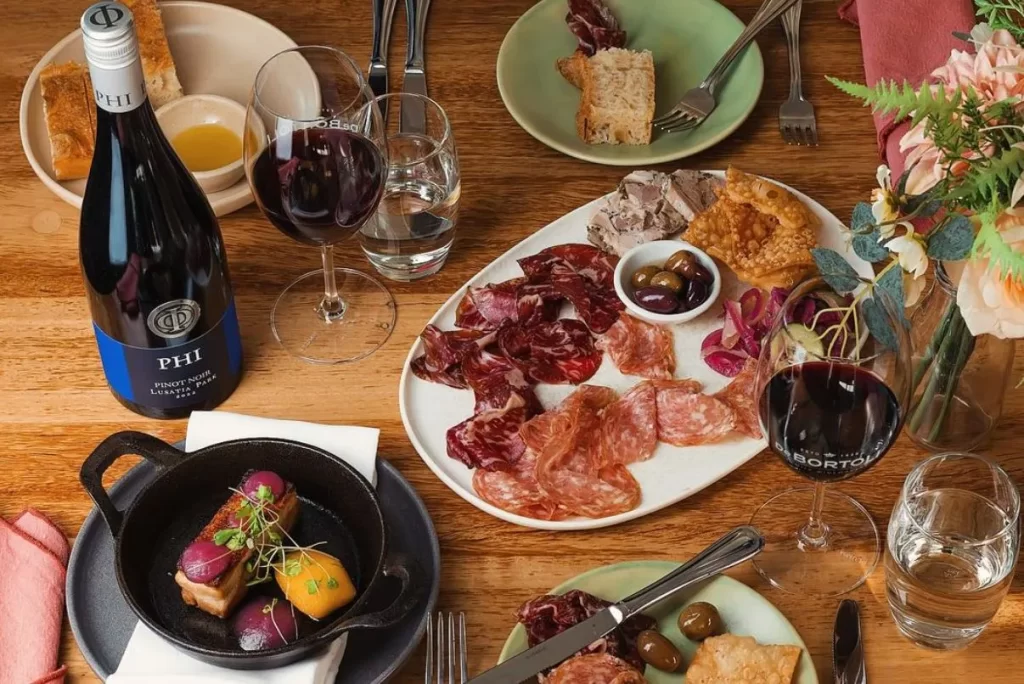
Whether you’re tasting a dry wine, a light-body wine or a full-body wine, using the right wine-tasting techniques will make the experience more enjoyable. Follow these steps for a great time:
- Look at the Wine Hold your wine glass up to a white surface or natural light and look at the colour intensity, clarity and depth. White wines like Sauvignon Blanc, Pinot Grigio or Pinot Gris will have lighter colours, full body wines like some reds will have deeper colours and even rusty orange if aged. The colour can tell you about the grape skins, age and region.
- Swirl and Sniff Gently swirl the wine to release its aromas, a bouquet of fresh fruit aromas, tropical fruit, floral notes or nutty notes. Smell is key in wine tasting as the wine aroma is the first indicator of the wine’s flavour profile. Take a deep sniff to pick up on fruit flavours, citrus fruit, jammy blackberry or complex fermentation aromas.
- Take a Sip. Take a small sip of wine and let it sit in your mouth. This is the step where you taste each component, from acidity and sweetness level to flavour intensity. Is the wine acid or sweet, light body or full body, dry or residual sugar finish? Tasting different styles of wine allows you to appreciate the balance of alcohol level, acidity and flavour intensity.
- Note the Finish: The finish or aftertaste of a wine can tell you a lot about the wine. A good quality wine will linger with complex aromas and leave you wanting more, a lighter wine will have a clean finish. Are there bitter notes, nutty notes or fruity undertones in the lingering flavours.
Ask Questions for a Deeper Wine Education

Your host or sommelier is there to enhance your tasting experience and share their knowledge about the wines you’re tasting. Asking questions is a big part of the wine education experience. Ask about the influence of cooler climates vs warmer climates on grape ripeness, fermentation or specific techniques like malolactic fermentation. Whether you’re curious about the region’s impact on the wine or the winemaker’s philosophy, wine professionals love to share their knowledge so ask away.
Take Your Time and Rinse Your Palate

A winery visit usually involves tasting 5-8 wines, both white and red. To be able to appreciate each wine’s individuality, pace yourself by taking small sips and rinsing your mouth with water between tastings. A glass of water between wines will prevent palate fatigue and reset your taste buds so you can enjoy each new wine.
Tasting Fee Structure
Many wineries charge a tasting fee, which is usually based on the quality of the wines in the tasting lineup. This fee may be waived if you buy a bottle or meet a minimum spend. Knowing this beforehand helps you plan your wine experience without any surprises. If you’re not sure, ask the staff about the tasting fee policy before you start tasting.
Try Different Wine Styles and Flavours
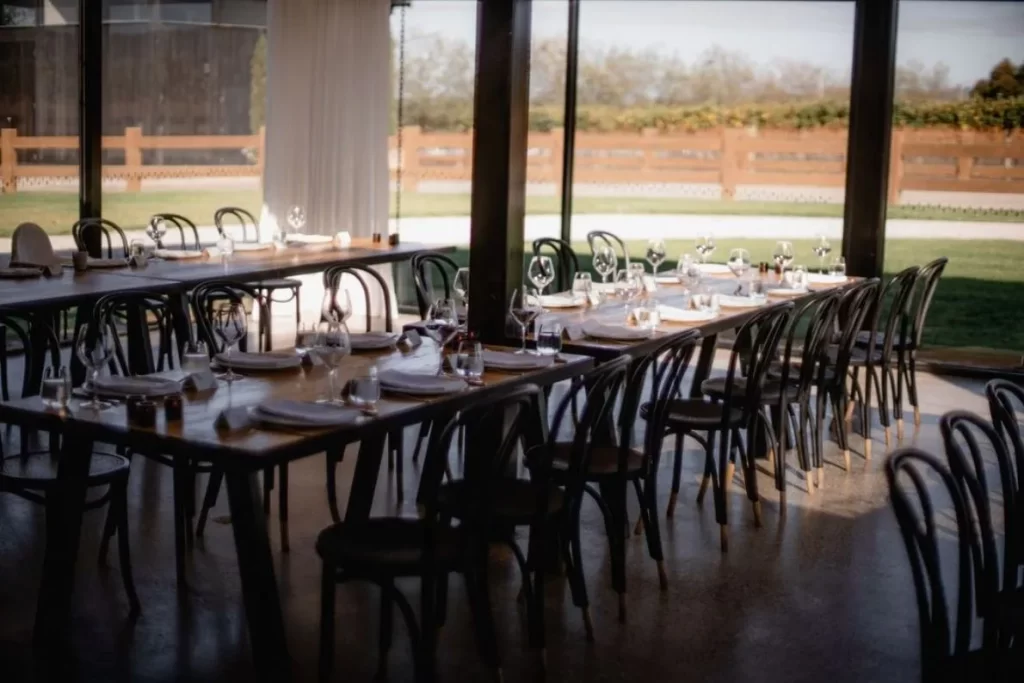
Take advantage of the chance to try different styles of wine, from light-bodied to full-bodied. Every wine has a unique flavour profile influenced by things like alcohol level, residual sugar, sun exposure and even the thickness of the grape skins. For example, wines from warmer climates have riper fruit flavours, while those from cooler climates have more acidity and fresh fruit aromas. Trying these differences will enhance your wine-tasting experience and help you appreciate the craft more.
Buy from the Winery
If you liked your tasting, consider buying a bottle as a thank you. A bottle bought directly from the winery is a great way to remember your trip and take a piece of wine country home. Look for a wine that suits your taste or an occasion. This is a nice gesture and supports the winery and their future production of good wine.
Tasting Room Etiquette
In the tasting room, be aware of other visitors and don’t hog the host or sommelier’s time. If it’s busy, keep your voice down and let others have a turn with the wine experts. Wine tasting is meant to be a leisurely experience, so take your time with each glass, but be mindful of the winery’s schedule.
Try it all
Every winery has their own way of doing things. Some will do a standard tasting with the usual suspects (Sauvignon Blanc, Pinot Noir etc) others will do a blind tasting. Others will do dessert wines, lighter styles or wine with food to show how the wine works with an oily dish or a richer food. Each tasting will give you a different insight into different grape varieties and winemaking techniques.
FAQ
How do I hold my wine glass during a tasting?
Hold the wine glass by the stem so you don’t warm the wine with your hand. This keeps the wine at the right temperature for tasting and allows you to see the clarity and colour of the wine more clearly.
Can I skip wines during a tasting?
Yes. If there’s a wine you don’t want to try, say no. It’s also okay to use the spittoon if you don’t want to drink every drop of wine offered.
Can I request specific wines during a tasting?
Many wineries have set tasting menus but it’s usually okay to ask if there’s a specific style of wine you’d like to try (heavier wine, lighter body wine, dessert wine etc).
Are children allowed in the tasting room?
Policies vary so best to check with the winery beforehand. Some wineries are family friendly especially in larger tasting rooms with outdoor areas, others are adults only.
How do I store my wine bottles after purchase?
Store wine bottles on their side in a cool dark place. Wines with thicker skins or higher alcohol can be aged longer but most wines are best consumed within a few years.